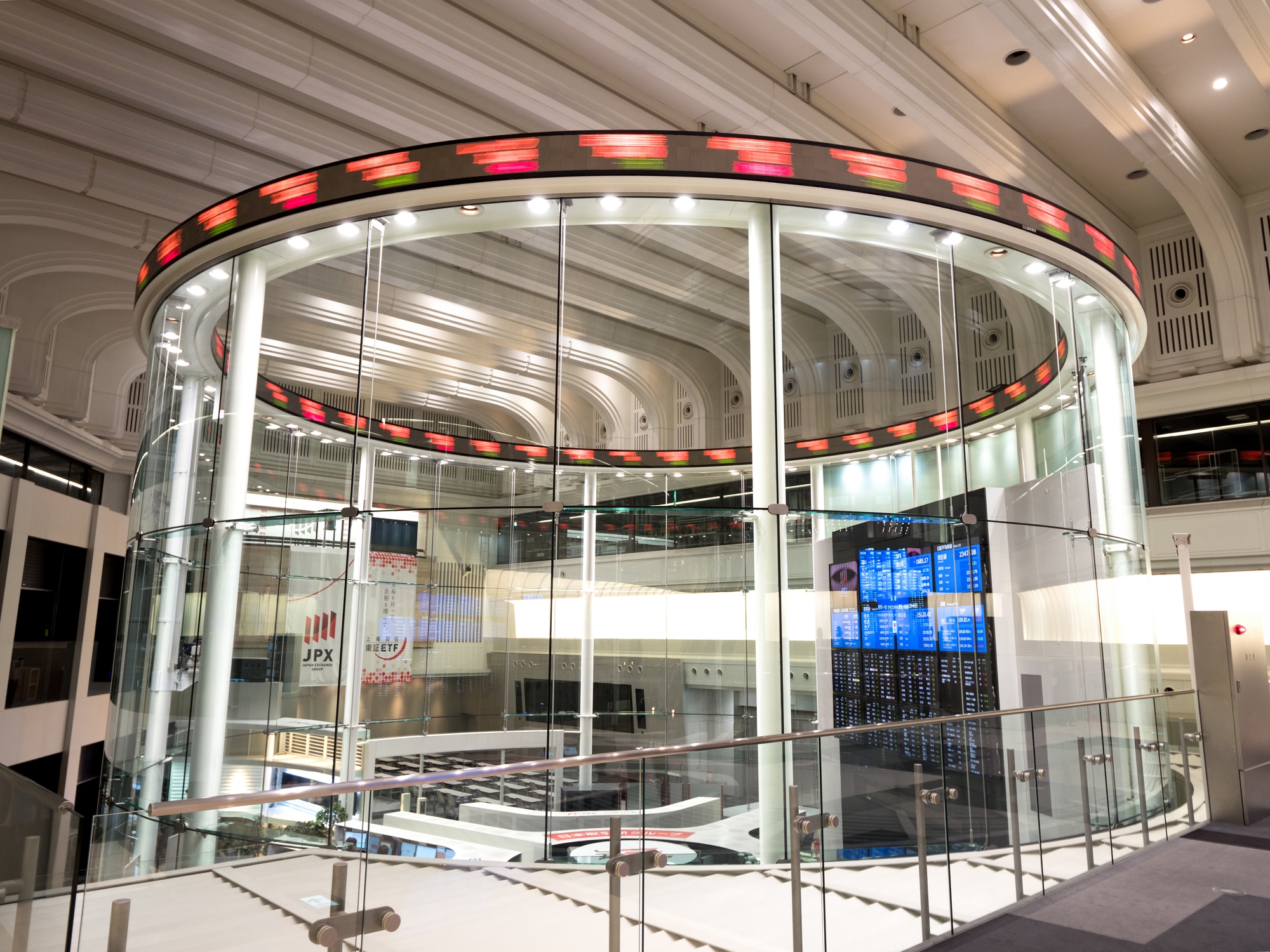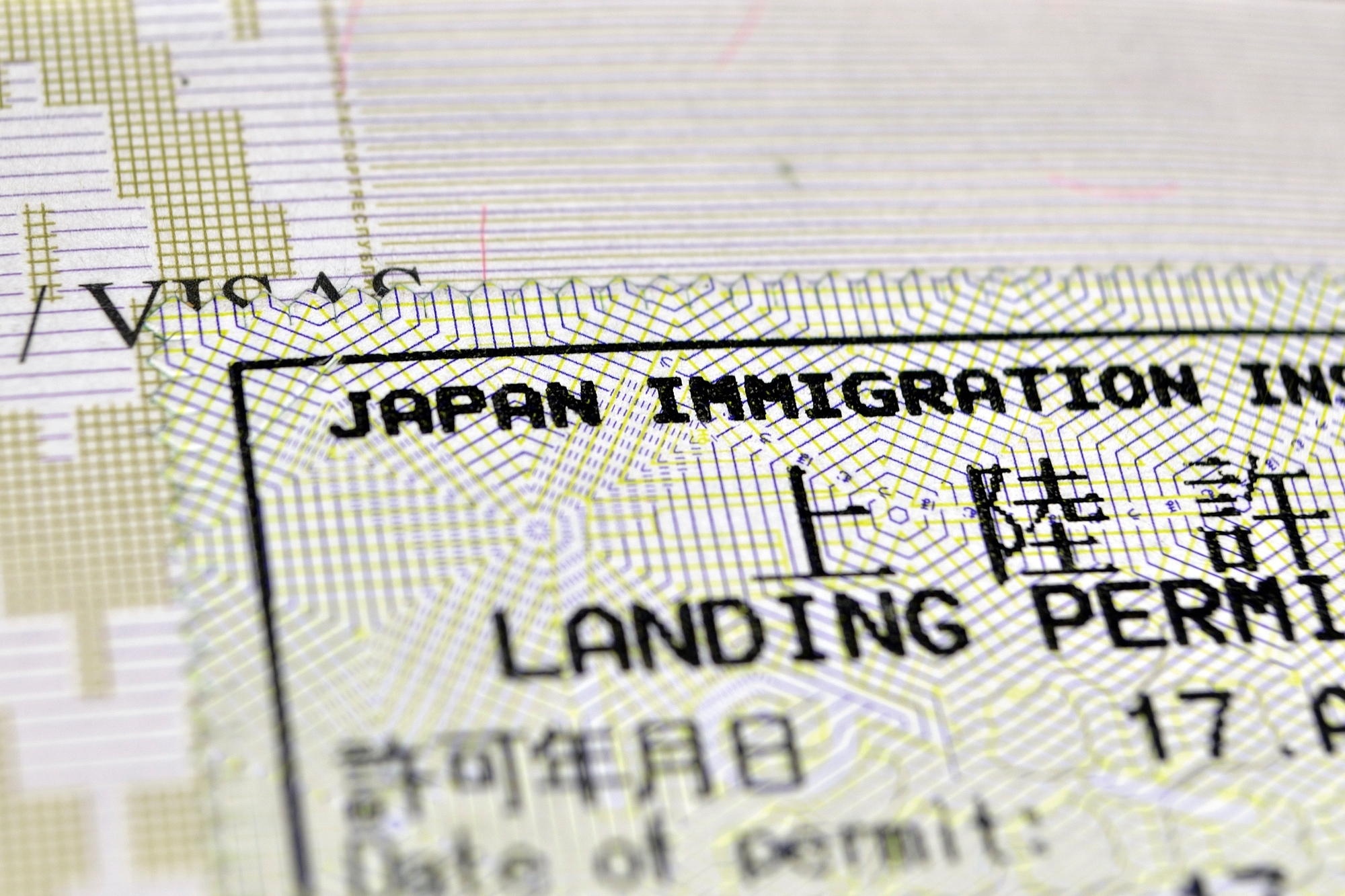POLICY
The Path to Japan’s Sustainable Economic Growth
September 07, 2022
This spring, as he and his administration prepared to release its economic agenda in early June, Prime Minister Kishida appealed to global investors to “invest in Japan, invest in Kishida.” At a May 5 meeting with investors in London, the Prime Minister outlined his new economic policy, focused on encouraging business to act as an engine of long-term sustainable growth and challenging global investors to help realize his vision. Highlighting four areas of priority growth and with an abiding focus on human capital development, the Prime Minister has rightly identified key priorities that would move Japan and its economy to new heights. Striking to many observers, however, was the Prime Minister’s embrace of foreign capital as part of his economic solution.
The U.S. Chamber of Commerce, representing the interests of millions of U.S. businesses, welcomes the Prime Minister’s challenge. More FDI in Japan would yield a stronger and more competitive economy. Americans are already the largest foreign investors in Japan, with U.S. FDI in the country totaling $130 billion, and have long recognized the potential investment opportunities in Japan. Our companies continue to be important contributors to Japan’s economy, employing 370,000 people. But we know we can do more.
The ratio of Japan’s outward to inward FDI is 8-to-1, by far the most lopsided ratio among G7, G20, and OECD countries. Japan particularly lags its G7 peers in terms of the volume and value of inward M&A transactions. This is not for a lack of interest in Japan from foreigners. Indeed, would-be investors in Japan have long cited structural concerns that have long inhibited the growth in inbound investment.
The U.S. Chamber of Commerce, representing the interests of millions of U.S. businesses, welcomes the Prime Minister’s challenge. More FDI in Japan would yield a stronger and more competitive economy. Americans are already the largest foreign investors in Japan, with U.S. FDI in the country totaling $130 billion, and have long recognized the potential investment opportunities in Japan. Our companies continue to be important contributors to Japan’s economy, employing 370,000 people. But we know we can do more.
The ratio of Japan’s outward to inward FDI is 8-to-1, by far the most lopsided ratio among G7, G20, and OECD countries. Japan particularly lags its G7 peers in terms of the volume and value of inward M&A transactions. This is not for a lack of interest in Japan from foreigners. Indeed, would-be investors in Japan have long cited structural concerns that have long inhibited the growth in inbound investment.

A 2019 survey by the Ministry of Economy, Trade, and Industry, for example, suggested the top five inhibitors of FDI are: high operating costs; qualified labor shortages; cultural factors; complex administrative procedures; and high barriers to entry among consumer and user groups. Overcoming some of these obstacles would remove a major stumbling block to the ability of foreigners to “invest in Japan, invest in Kishida.”
In this regard, The Prime Minister’s economic agenda holds real promise. An increased focus on stimulating Japan’s innovation economy makes eminent sense, particularly if it encourages greater openness to new ideas and capital. More restrictive approaches that serve a more narrow, protective agenda have proven unlikely to produce the outcomes they seek. Building a role for external participants is important, and U.S. innovative and technology firms are ready to play their part.
Second, the focus on digitization is critical to easing the administrative burdens and other bottlenecks to commerce that have long been complicated doing business in Japan. In July, the U.S. Chamber hosted Japan’s Digital Minister in Washington, D.C. for an audience of U.S. companies representing the financial services, healthcare, hospitality, and ICT industries, and were encouraged by her remarks. Still, there is much work to do. For example, Japan lags in the percentage of purchases via cashless payments compared to China, South Korea, or Southeast Asian countries where digital payment systems have had broad positive ripple effects on the economies.
As a means to address Japan’s slowing labor productivity growth, digitization and automation should have a major impact. A recent McKinsey report (1) found that over half of work time in Japan is spent on repetitive activities, and suggested that Japan has the most potential to automate jobs by 2030 among major economies. U.S. companies are leaders in these areas, and are ready to partner to help advance Japan’s digitization efforts.
For the financial services industry, Japan has long been an important market. But despite efforts to build Tokyo and other Japanese cities into global financial centers, Japan is falling behind. For example, according to one index (2), in 2017, Tokyo was ranked fifth as a global financial hub; in 2019, it slipped to sixth place; and the latest 2021 ranking has Tokyo in the ninth place, after New York City, London, Hong Kong, Singapore, San Francisco, Shanghai, Los Angeles, and Beijing.
Japan has some real advantages and opportunities to improve its position as a financial center, but this will require changes to restrictive labor laws and seniority-based promotion systems that suppress the dynamism and attractiveness of Japan’s financial sector for aspiring professionals. Prime Minister Kishida’s attention to human capital development could be a real catalyst for growth in the sector.
Last but not least, Japan should take several additional steps to further ease its border control measures to attract foreign firms and capital. Indeed, Japan has been gradually relaxing its border measures, but they are still the strictest among the G7 countries, including a visa requirement for business travelers. If Prime Minister Kishida is serious about encouraging the foreign business to invest in Japan, the country’s border measures should reflect his desire. Japan can start by bringing the measures into closer alignment with those of other G7 countries, such as restoring the visa waiver program for qualified business travelers and lifting the daily cap on international arrivals.
In this regard, The Prime Minister’s economic agenda holds real promise. An increased focus on stimulating Japan’s innovation economy makes eminent sense, particularly if it encourages greater openness to new ideas and capital. More restrictive approaches that serve a more narrow, protective agenda have proven unlikely to produce the outcomes they seek. Building a role for external participants is important, and U.S. innovative and technology firms are ready to play their part.
Second, the focus on digitization is critical to easing the administrative burdens and other bottlenecks to commerce that have long been complicated doing business in Japan. In July, the U.S. Chamber hosted Japan’s Digital Minister in Washington, D.C. for an audience of U.S. companies representing the financial services, healthcare, hospitality, and ICT industries, and were encouraged by her remarks. Still, there is much work to do. For example, Japan lags in the percentage of purchases via cashless payments compared to China, South Korea, or Southeast Asian countries where digital payment systems have had broad positive ripple effects on the economies.
As a means to address Japan’s slowing labor productivity growth, digitization and automation should have a major impact. A recent McKinsey report (1) found that over half of work time in Japan is spent on repetitive activities, and suggested that Japan has the most potential to automate jobs by 2030 among major economies. U.S. companies are leaders in these areas, and are ready to partner to help advance Japan’s digitization efforts.
For the financial services industry, Japan has long been an important market. But despite efforts to build Tokyo and other Japanese cities into global financial centers, Japan is falling behind. For example, according to one index (2), in 2017, Tokyo was ranked fifth as a global financial hub; in 2019, it slipped to sixth place; and the latest 2021 ranking has Tokyo in the ninth place, after New York City, London, Hong Kong, Singapore, San Francisco, Shanghai, Los Angeles, and Beijing.
Japan has some real advantages and opportunities to improve its position as a financial center, but this will require changes to restrictive labor laws and seniority-based promotion systems that suppress the dynamism and attractiveness of Japan’s financial sector for aspiring professionals. Prime Minister Kishida’s attention to human capital development could be a real catalyst for growth in the sector.
Last but not least, Japan should take several additional steps to further ease its border control measures to attract foreign firms and capital. Indeed, Japan has been gradually relaxing its border measures, but they are still the strictest among the G7 countries, including a visa requirement for business travelers. If Prime Minister Kishida is serious about encouraging the foreign business to invest in Japan, the country’s border measures should reflect his desire. Japan can start by bringing the measures into closer alignment with those of other G7 countries, such as restoring the visa waiver program for qualified business travelers and lifting the daily cap on international arrivals.

Japan has long been an important market and partner for U.S. businesses and investors. From the perspective of the U.S. Chamber, the best days for the Japanese economy are still ahead. As the public and private sectors come together to address climate change and other societal concerns, the opportunities for collaborative innovation and commerce are expanding. Greater openness to foreign investment and partnership between U.S. and Japanese business are an important part of the pathway there. Let’s get to work.
Charles Freeman, senior vice president for Asia at the U.S. Chamber of Commerce, has been helping companies navigate complex markets in the Asia-Pacific for 25 years. His career included senior stints in government, business, law, and academia, giving him a unique perspective on the challenges and opportunities in the world’s most dynamic region.